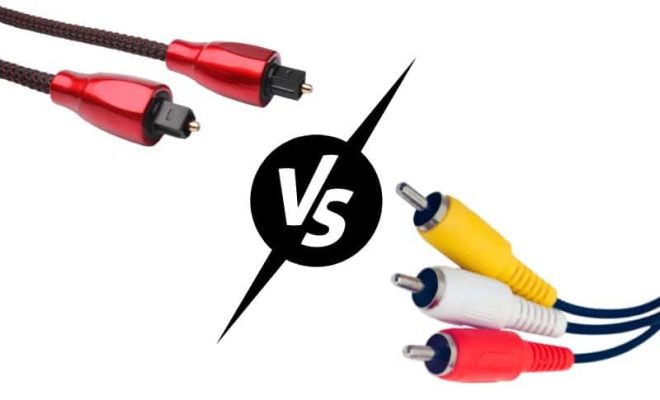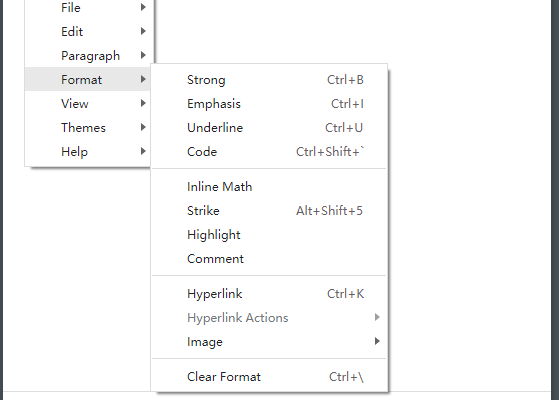What Is Butterfly Lighting? How to Use It in Portrait Photography

Butterfly lighting is a classic lighting technique that has been used in portrait photography for decades. It is named so because the shadow created under the subject’s nose looks like a butterfly. It’s a simple and elegant technique that is easy to pick up, yet it can add a lot of depth and texture to your photos.
To achieve butterfly lighting, you need a single light source at a slight angle from the subject’s face. Some photographers use a traditional softbox or umbrella to create this effect, while others prefer to use a reflector or a natural light source such as an open window. The idea is to keep the light source as close to the camera axis as possible, but still at a high angle to create the classic butterfly shadow.
When using butterfly lighting, there are a few things you should keep in mind. First, keep the light source close to the model’s face. This will help create a more dramatic effect and add depth to your images. However, be careful not to put it too close, as you don’t want harsh shadows or hot spots.
Another tip is to try different angles. Depending on the subject’s face shape and features, the angle of the light source can drastically affect the final result. Play around with different positions until you find the one that works best for your model.
Additionally, be mindful of any distracting reflections or hotspots that may occur on the subject’s face. If necessary, you can use a diffuser or reflector to soften the light and create more even illumination.
Butterfly lighting is versatile and can be used in a variety of different settings, from studio portraits to outdoor shoots. It’s perfect for creating dramatic, moody shots, and is often used in fashion and beauty photography.
In conclusion, mastering butterfly lighting is an essential skill for any portrait photographer. By using a single light source and positioning it correctly, you can create beautiful, sophisticated images that stand out from the crowd. So, give it a try and experiment with this classic technique for your next portrait session.





